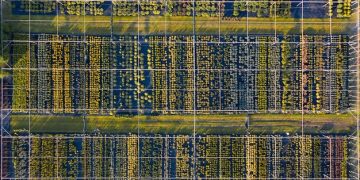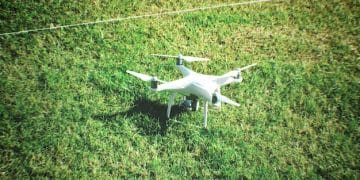Machine learning in weed detection: improving crop health
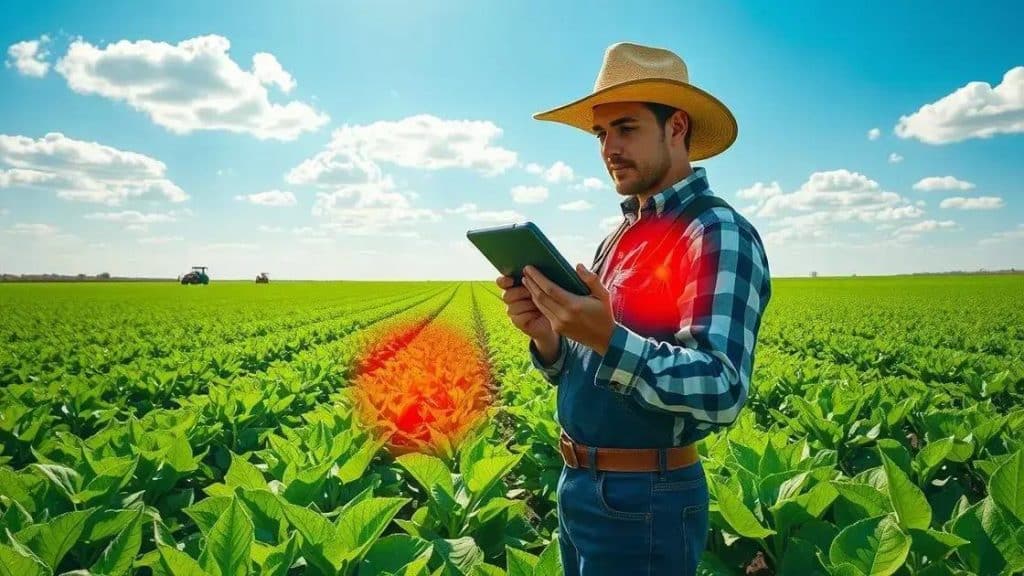
Machine learning in weed detection revolutionizes farming by providing advanced techniques for accurate weed identification and management, optimizing resources, and promoting sustainable agricultural practices.
Machine learning in weed detection is changing how farmers approach crop management. But have you ever pondered how this technology impacts agricultural efficiency? Let’s dive into how these innovative methods are shaping farming practices today.
Understanding machine learning in agriculture
Understanding machine learning in agriculture is essential for modern farmers. This technology plays a crucial role in optimizing crop production and managing resources efficiently. By leveraging data, machine learning allows for better decision-making in agricultural practices.
At its core, machine learning helps in analyzing large sets of data from various sources such as satellite imagery, soil sensors, and weather forecasts. This analysis leads to actionable insights that can be used to improve yield quality and quantity.
Key Aspects of Machine Learning in Agriculture
Farmers are increasingly relying on machine learning tools to enhance their operations. Here are some key aspects:
- Precision farming: Machine learning provides data-driven insights, enabling farmers to apply resources only where needed, reducing waste.
- Predictive analytics: By predicting crop yields and pest outbreaks, farmers can plan better and react swiftly to unforeseen challenges.
- Soil health analysis: Machine learning algorithms can analyze soil data, helping to determine the best crops to plant and the right fertilizers to use.
Moreover, machine learning can integrate with other technologies like drones and IoT devices, further enhancing agricultural practices. These advancements lead to increased efficiency and sustainability in farming.
As machine learning continues to evolve, it holds the promise of transforming traditional farming into a data-driven science. This shift can not only maximize profits for farmers but also contribute to food security globally.
Techniques in weed detection using machine learning
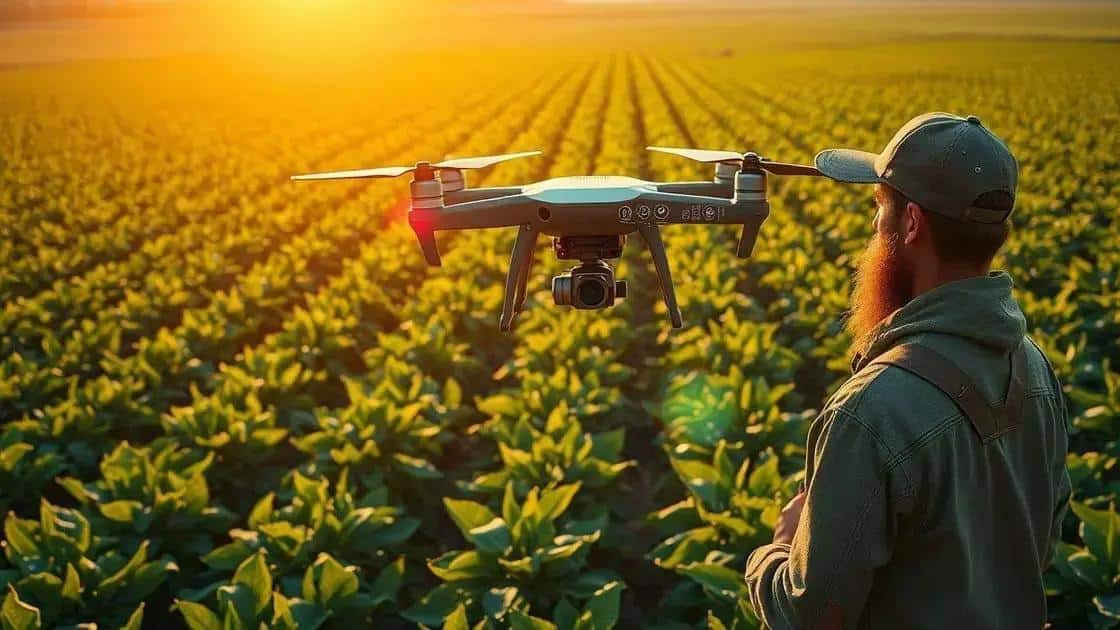
Techniques in weed detection using machine learning are rapidly evolving, offering innovative solutions for farmers. These methods leverage advanced technology to identify and classify weeds effectively, which is crucial for maintaining healthy crops.
One prominent technique is image recognition. By analyzing images captured from drones or cameras, machine learning algorithms can spot different types of weeds. This method relies on trained models that learn from thousands of images to discern patterns and features unique to various weed species.
Popular Methods for Detecting Weeds
Farmers can utilize several approaches to enhance weed detection:
- Supervised learning: This method involves training a model on labeled data where the types of weeds are known, allowing the system to make accurate predictions.
- Unsupervised learning: In cases where labeled data is scarce, this technique identifies patterns in unlabelled data, grouping similar plants together for further analysis.
- Remote sensing: Technologies like multispectral and hyperspectral imaging can capture data beyond what the human eye sees, significantly improving detection accuracy.
By integrating sensor data with machine learning algorithms, farmers improve weed management strategies, reducing the need for chemical herbicides. This leads to more sustainable farming practices.
Another promising technique is real-time monitoring. Using IoT devices, farmers receive immediate feedback on weed presence, enabling them to address issues swiftly. This capability ensures crops receive the attention they need while minimizing resource usage.
The future of weed detection looks bright as advancements in machine learning continue. By adopting these cutting-edge techniques, farmers can enhance productivity and environmental stewardship.
Benefits of implementing machine learning in farming
Benefits of implementing machine learning in farming are numerous and transformative. This technology not only enhances efficiency but also increases the sustainability of agricultural practices.
One significant advantage is the ability to optimize resource usage. With machine learning, farmers can analyze data on soil, weather, and crop health to apply water, fertilizers, and pesticides precisely when needed. This targeted approach reduces waste and lowers costs.
Enhanced Decision-Making
Machine learning provides farmers with valuable insights, improving decision-making processes. By using predictive analytics, farmers can anticipate weather patterns and pest outbreaks, allowing them to plan their actions in advance. This predictive capability helps mitigate risks associated with farming.
- Yield prediction: Accurate forecasts of crop yields enable better planning and management.
- Pest control: Identifying pest infestations early allows for timely intervention, minimizing crop damage.
- Soil health management: Analyzing soil data helps farmers make informed decisions regarding crop rotation and nutrient application.
Another important benefit is improved labor management. By automating certain tasks, such as irrigation and monitoring, farmers can allocate their labor more effectively, focusing on areas that require human intervention.
In addition, machine learning facilitates sustainable agricultural practices. By minimizing chemical usage and optimizing land resources, farmers contribute to an eco-friendlier farming approach. This technology fosters a deeper understanding of environmental impacts, enabling responsible farming.
Finally, integrating machine learning into farming can lead to better profitability. With increased efficiency and higher yields, farmers can enjoy improved financial outcomes, supporting the viability of their operations in the long run.
Future trends in weed management through technology
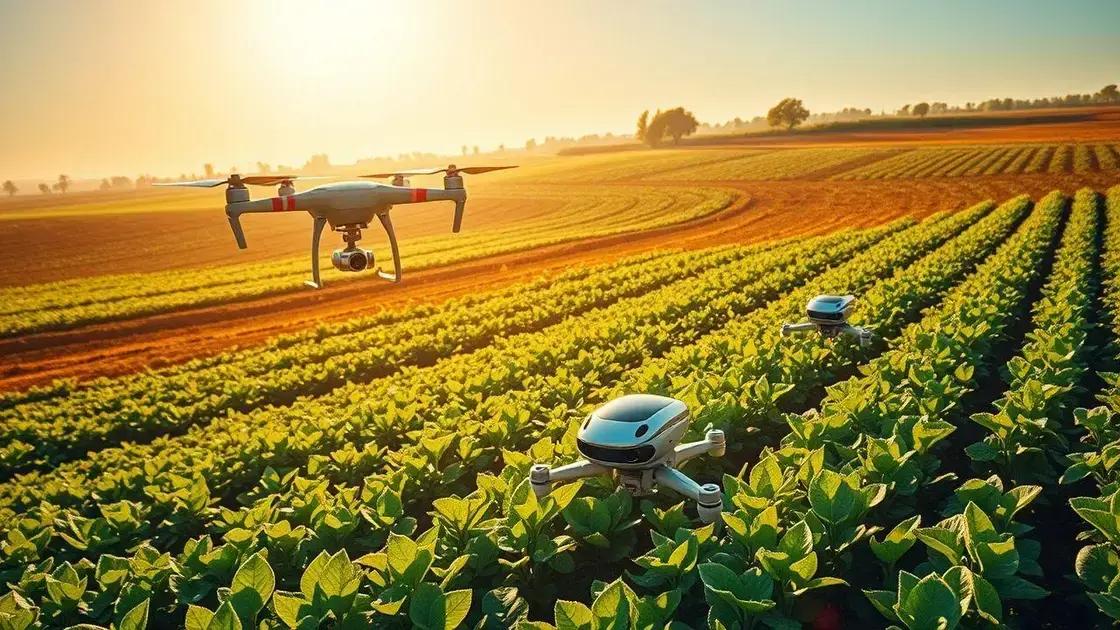
Future trends in weed management through technology are promising, as advancements in science and technology continually redefine agricultural practices. With the increasing need for sustainable farming, innovative solutions are emerging to combat weed challenges effectively.
One significant trend is the integration of artificial intelligence with machine learning to develop smarter weed management systems. These technologies utilize big data to analyze growing conditions and predict weed growth, allowing farmers to act proactively rather than reactively.
Emerging Technologies in Weed Management
Several technologies are revolutionizing how we approach weed control:
- Robotic weeding: Robots equipped with advanced sensors can identify and remove weeds without harming crops, reducing the need for chemicals.
- Precision agriculture: Utilizing GPS and IoT devices, farmers can monitor specific areas of their fields to apply herbicides only where necessary, minimizing waste and environmental impact.
- Drones: These flying devices can assess large areas quickly, offering aerial views to identify weed outbreaks, making it easier for farmers to manage their fields efficiently.
Additionally, biotechnology is playing a crucial role in developing weed-resistant crops. These genetically modified organisms can survive in fields where herbicides are present, enabling farmers to manage weeds more effectively without harming their crops.
Moreover, advancements in data analytics allow for the evaluation of historical and real-time data, helping farmers make informed decisions based on trends and patterns. This data-driven approach increases the agility of weed management tactics.
As technology continues to evolve, it enables farmers to address one of the most significant challenges in agriculture. The combination of these innovations holds the potential to improve crop yields while protecting the environment.
FAQ – Frequently Asked Questions about Machine Learning in Weed Detection
How does machine learning improve weed detection in farming?
Machine learning analyzes data from various sources to accurately identify and classify weeds, enabling farmers to manage them more effectively.
What are the benefits of precision agriculture in weed management?
Precision agriculture allows farmers to apply resources only where needed, reducing waste and improving crop yields.
Can robotic technology help in controlling weeds?
Yes, robots equipped with advanced sensors can autonomously identify and remove weeds without damaging crops, minimizing chemical use.
What role does data analytics play in modern farming practices?
Data analytics helps farmers interpret historical and real-time data, facilitating informed decision-making for crop management and weed control.



